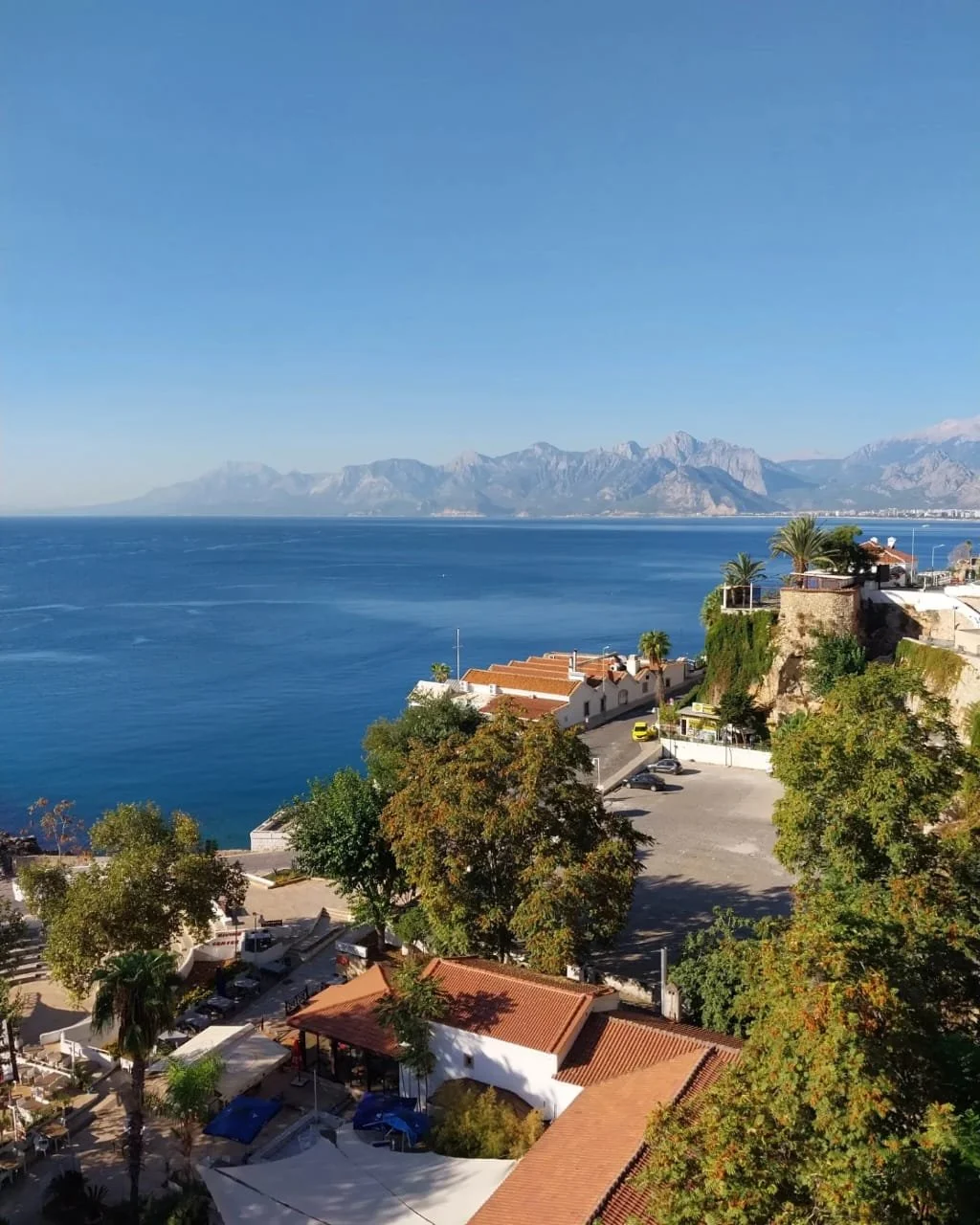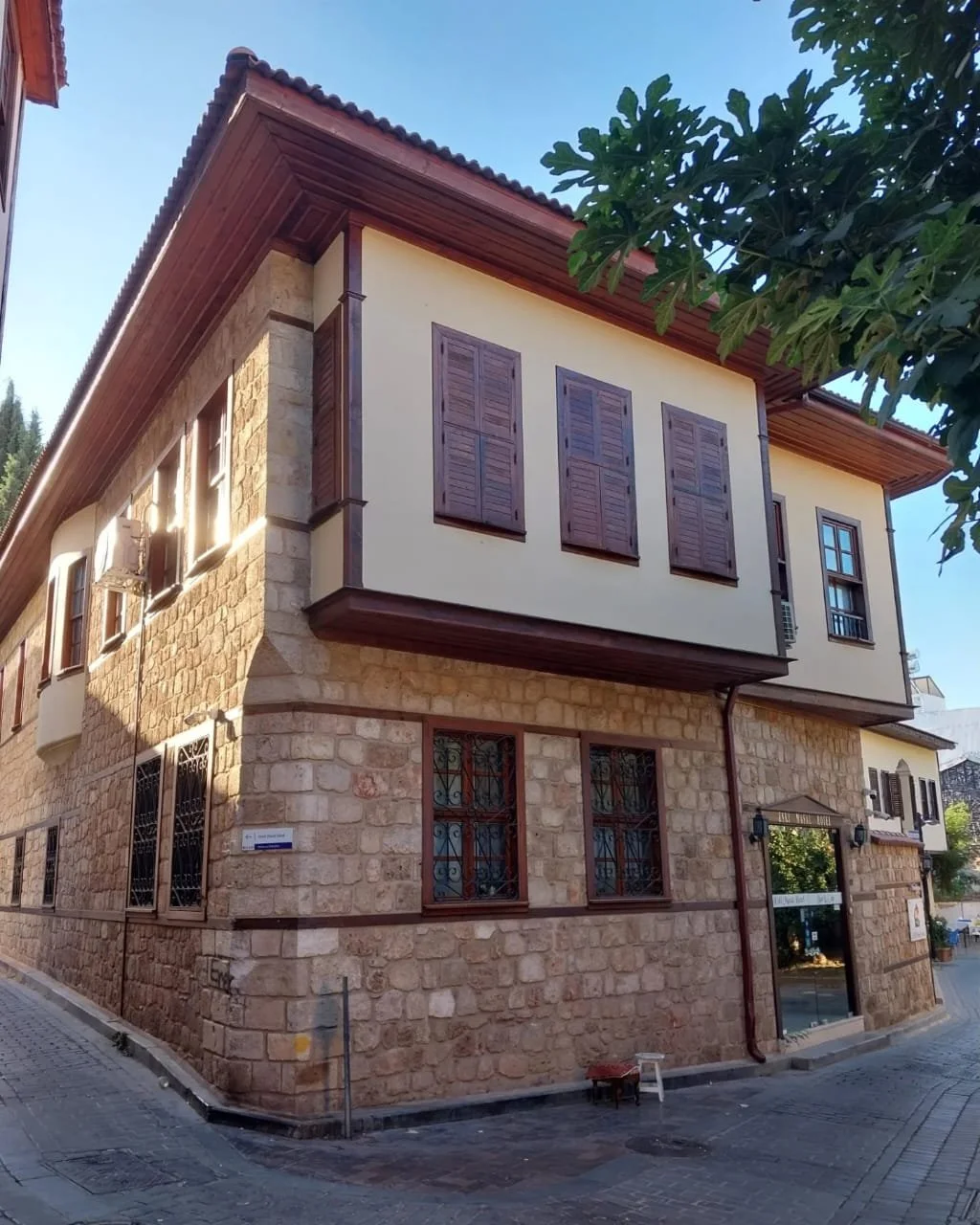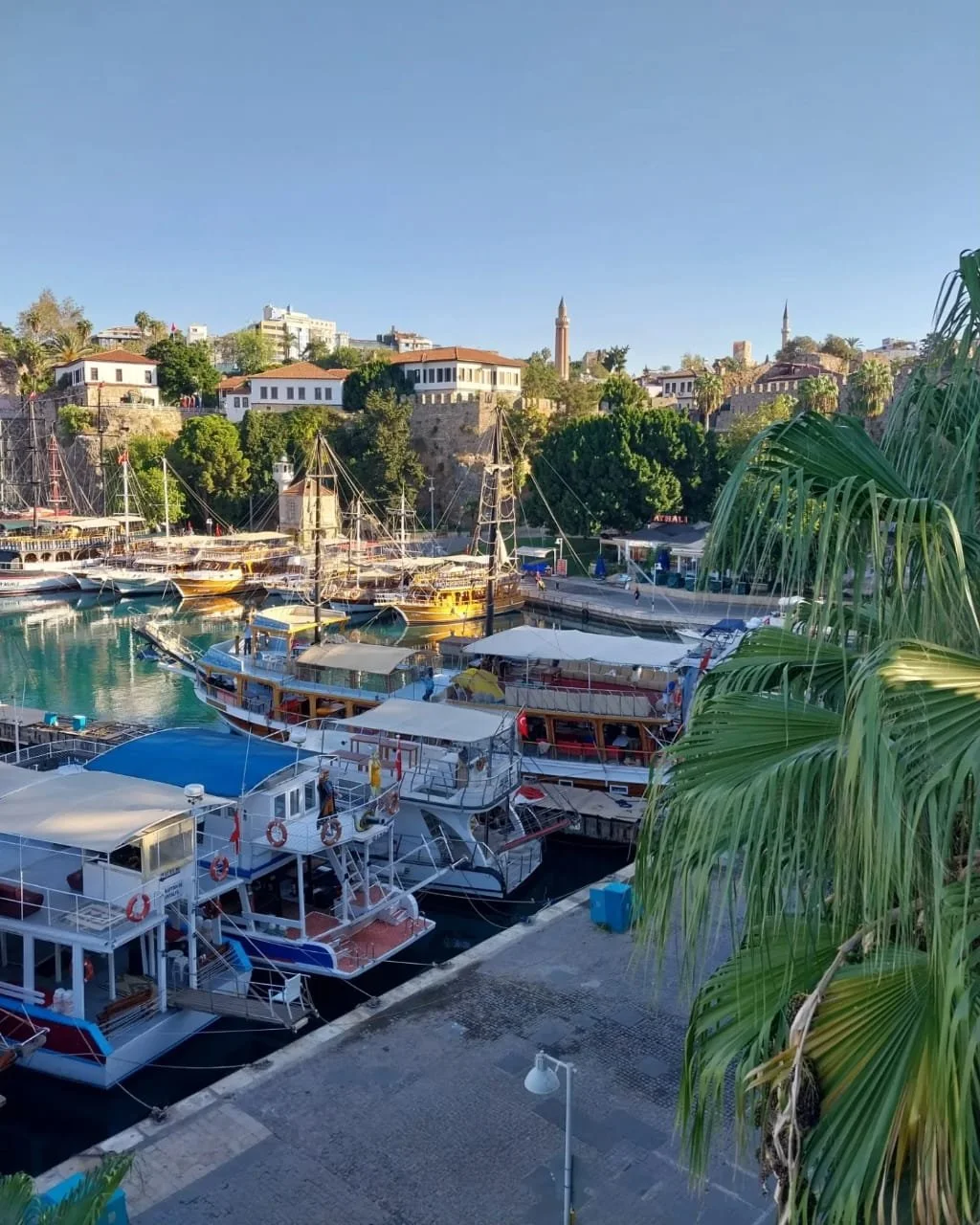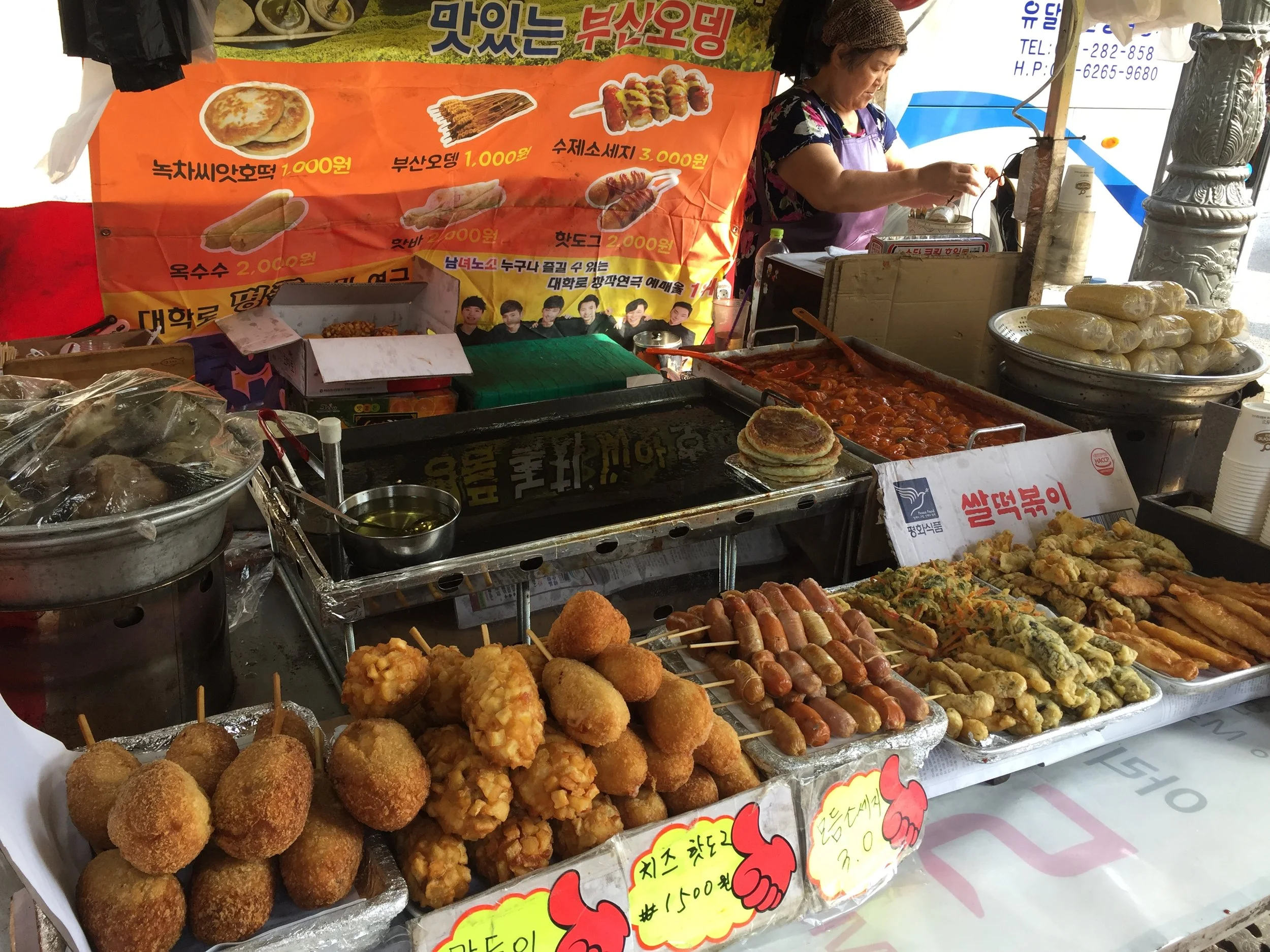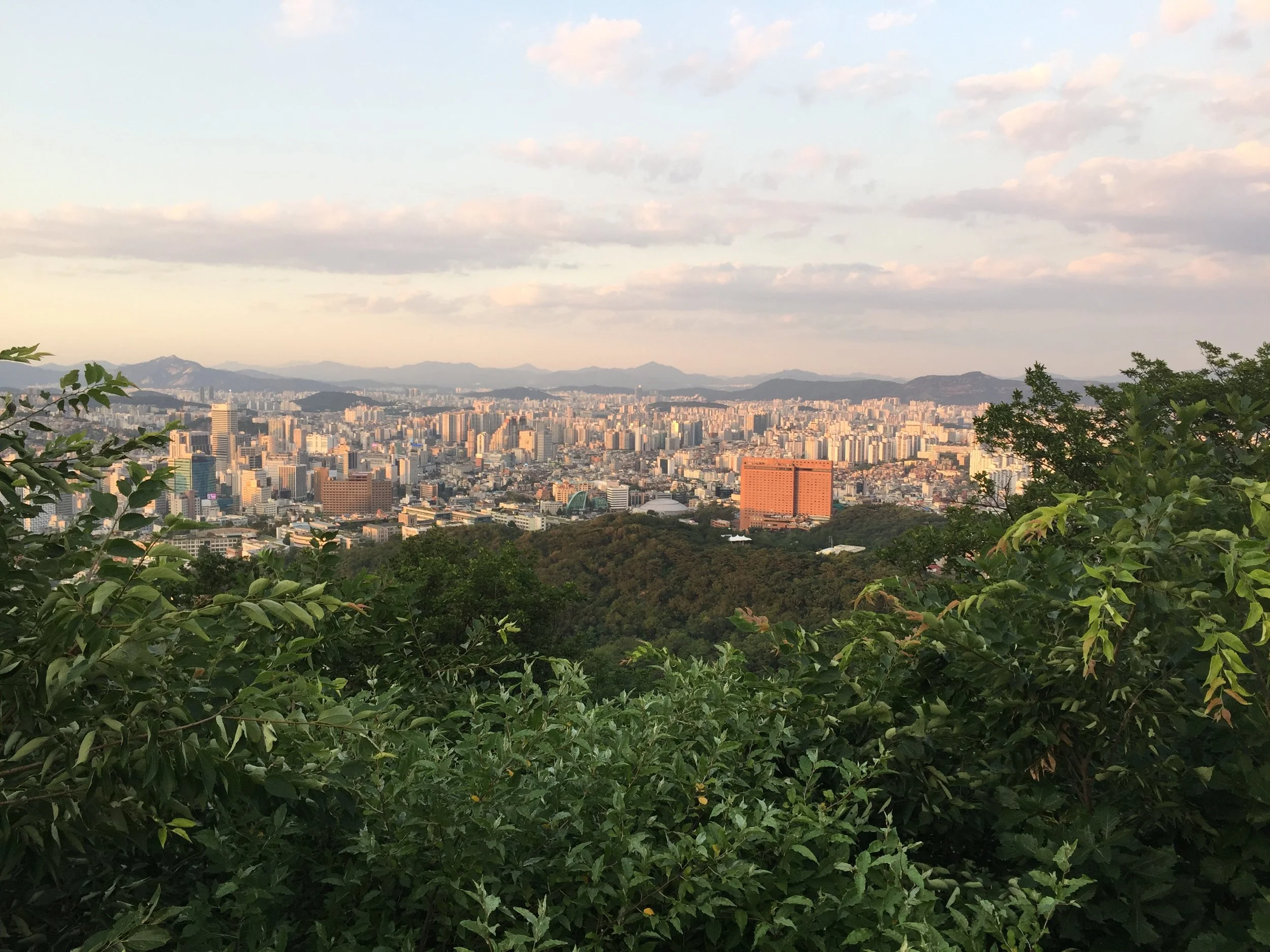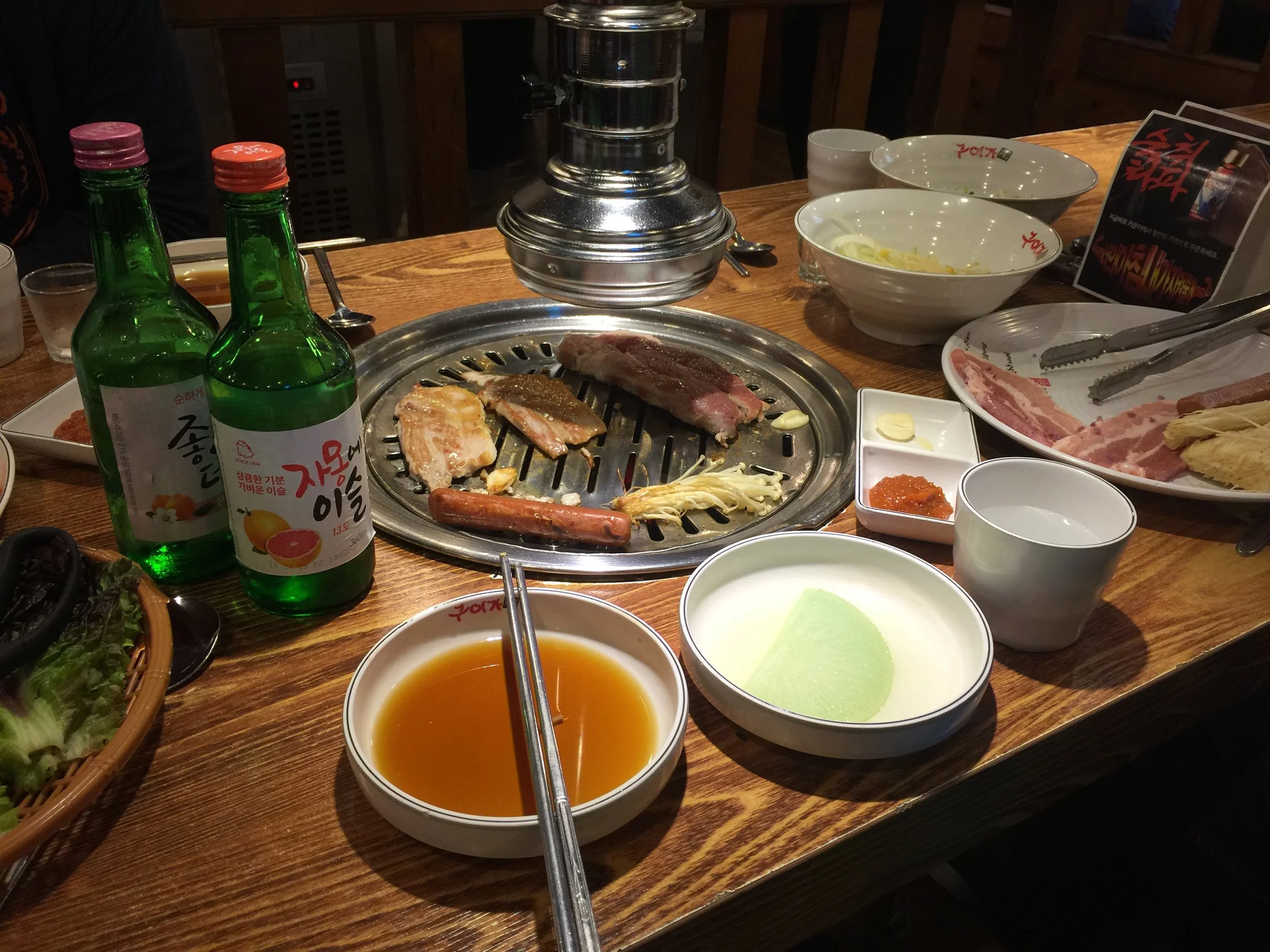Vancouver, a vibrant city nestled between the Pacific Ocean and the majestic Coast Mountains, is renowned for its breathtaking natural beauty and diverse cultural landscape. As one of Canada’s largest cities, Vancouver offers a unique blend of urban living and outdoor adventure, making it an attractive place to call home.
Vancouver by Luc Tribolet
One of the standout features of life in Vancouver is the city’s commitment to sustainability and environmental stewardship. With numerous parks, gardens, and green spaces, residents enjoy easy access to nature within the urban environment. Stanley Park, one of the largest urban parks in North America, is a prime example. Spanning over 1,000 acres, the park boasts walking and biking trails, beaches, and stunning views of the city skyline framed by towering trees. This dedication to preserving green spaces not only enhances the quality of life for residents but also contributes to the city’s reputation as one of the most livable cities in the world.
Culturally, Vancouver is a melting pot that reflects a rich tapestry of backgrounds and traditions. The city is home to a diverse population, with significant communities from Asia, Europe, and the Americas. This multiculturalism is evident in the culinary scene, which offers an array of restaurants featuring global cuisines. From authentic dim sum in Chinatown to fresh seafood at Granville Island, food lovers are spoiled for choice. The city also hosts various cultural festivals throughout the year, such as the Vancouver International Film Festival and the Vancouver Folk Music Festival, celebrating the arts and fostering community engagement.
Another appealing aspect of life in Vancouver is the emphasis on outdoor activities. With the mountains and ocean as a backdrop, residents have the opportunity to engage in a wide range of recreational pursuits. Whether it’s skiing in the winter at nearby resorts like Whistler or hiking in the summer along scenic trails, the city's natural surroundings provide endless opportunities for adventure. Moreover, the coastal climate, characterized by mild winters and warm summers, allows for outdoor enjoyment year-round, although residents should be prepared for the occasional rain.
Despite its many advantages, living in Vancouver comes with challenges, particularly in terms of housing. The city has garnered a reputation for its high cost of living, especially when it comes to real estate prices. Many residents find themselves in a competitive rental market, struggling to afford suitable accommodations. This affordability crisis poses a significant concern for individuals and families hoping to settle in the area.
Transportation in Vancouver also plays a crucial role in daily life. The city features a well-connected public transit system, including buses, SkyTrain, and SeaBus services, making commuting convenient for many. For those who prefer a more active mode of travel, cycling is increasingly popular, supported by an extensive network of bike lanes. This focus on sustainable transportation options aligns with the city’s environmental goals and encourages residents to reduce their carbon footprint.
Life in Vancouver is marked by a beautiful synergy of urban vibrancy and natural splendor. Its rich cultural diversity, commitment to sustainability, and abundance of outdoor activities contribute to a thriving community spirit. For many, Vancouver represents not just a place to live but a lifestyle that embraces nature and fosters inclusivity, making it a desirable destination for residents and visitors alike. As the city continues to evolve, it remains a beacon of opportunity and a testament to the beauty of life on the west coast of Canada.

























